Biophilic Reference Study- Winter
Dear Readers,
Welcome, to the Land of the Laurels…in Winter.
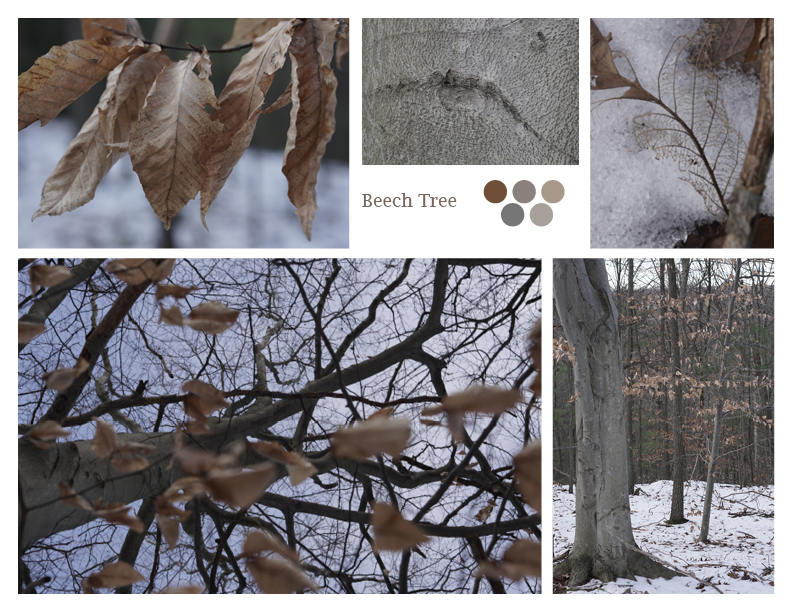
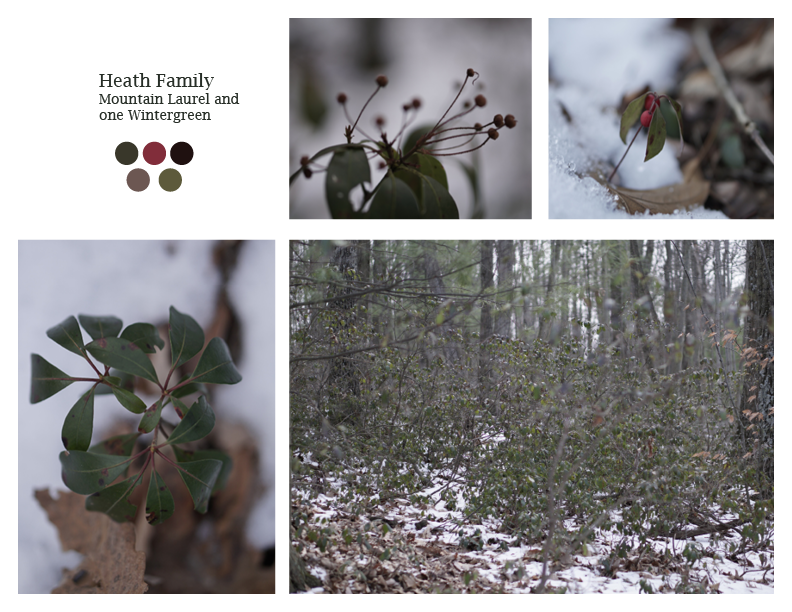
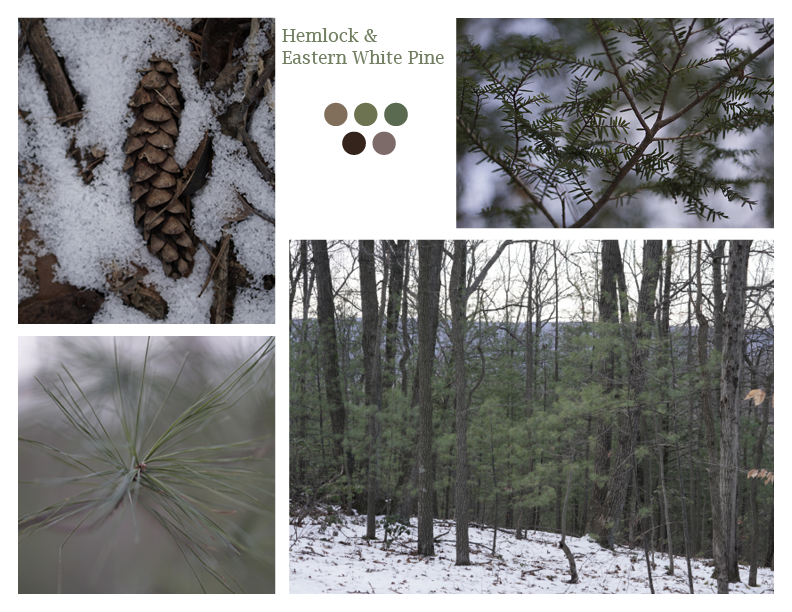
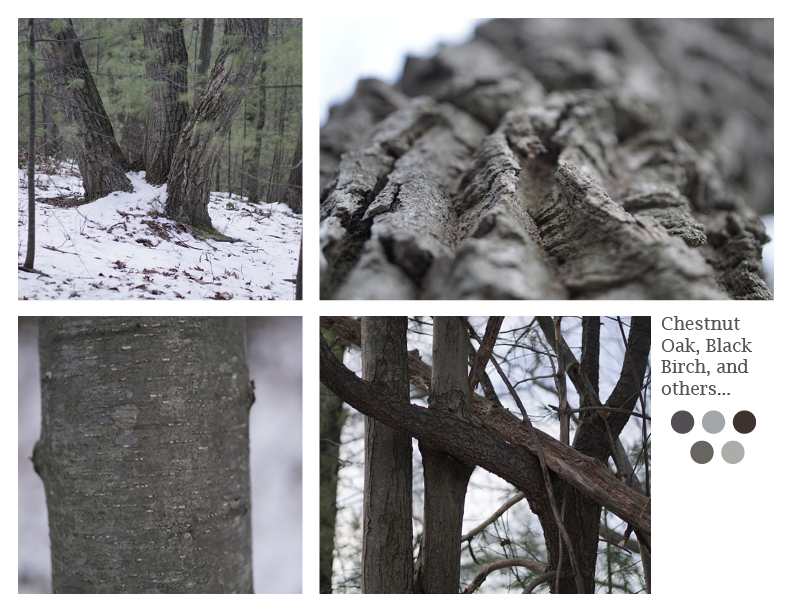
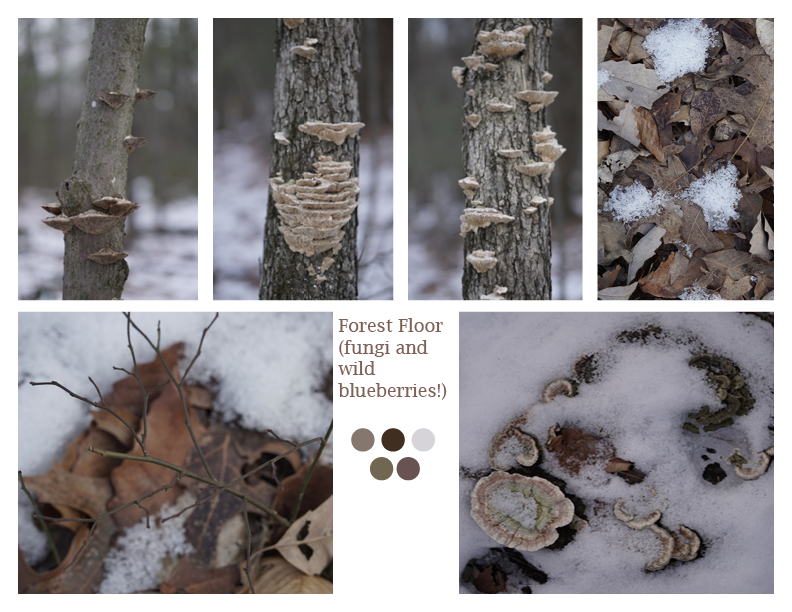
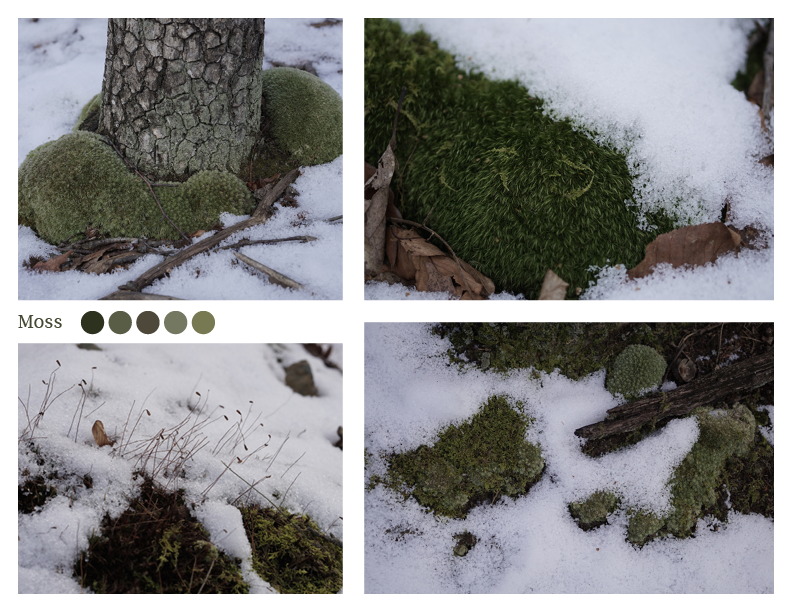
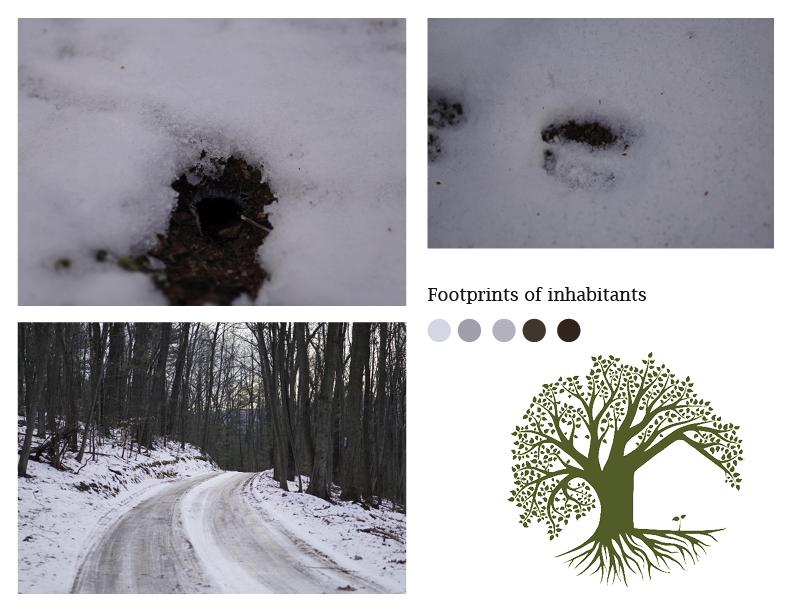
Welcome back from your venture in the Land of the Laurels!
Were you in awe of the Tuscarora mountain line, defining the northern border of Perry County? Could you hear the brisk winter wind rustling the still golden leaves of the American Beech tree? Were you mesmerized by the intense entanglement of Mountain Laurel with its waxy green leaves? Were you humbled by the perseverance of life, even as your own fingers and nose went numb? Most importantly, did you inhale a deep breath of cold, crisp, winter air…and feel the snot inside your nose freeze?
William and I did.
The frailty of human life is very much felt when you are cold…very cold. Yet, the Land of the Laurels still feels very much alive. Quieter, yes. But alive and vibrant and hewn to the change of seasons. William and I want to include some of these natural senses into our home. But with thermal comfort…we would like to maintain the thermal comfort…
With the built environment being the current human habitat, biophilic design is a way we can connect with the land we are on, while keeping the snot in our noses from freezing. If any of you remember my DIY moss wall endeavor, then you had a very brief introduction to biophilic design. Using the above “Biophilic Reference Study” of the Land of the Laurels in the winter, we are going to take it a step further. Biophilic design, at its core, is the love of life itself (biophilia), and its interconnected, holistic, incorporation into the human-built environment.
So, what are some characteristics of the Land of the Laurels, in all its seasons, that we could bring into our home?
~ Colors (example…the dark evergreen of the Mountain Laurel’s leaves)
~ Patterns (…the fractals within the fungi)
~ Shapes (…the rough, rounded, layered scales of the pinecone)
~ Textures (…the deep, cavernous grooves of the Chestnut Oak’s bark)
~ Characteristics of our surroundings that show the element of ‘time’ and change (…the decaying American Beech leaf with its exposed, intricate veins. That leaf served a purpose to the tree in every season of the year. From absorbing sunlight in the warmer months, to hanging around in the colder months so that it could eventually fall from the tree in spring to smother competing sprouts. That leaf was nutrient provider, and defender. As it decomposes into dirt, it continues to provide new life in other forms.)
~ Integration of parts to a whole (…the mother American Beech tree, and all of the ‘baby’ Beech trees that are growing from her root system)
~ A sense of prospect and refuge (…the little den and surrounding tunnel trails, barely visible under the snow)
I want you, the reader, to look back at those finger-numbing photos, and look for some of the elements of biophilic design listed above. If you think you have found some examples within the images of the Land of the Laurels that we could bring into our home, comment below!
Better yet…I want you, the reader, to go out into your own forest, field, yard, garden, street…and look for characteristics of your site. How can you bring more of your outside, natural environment into your home and habitat?
As always, thanks for takin’ the time to explore and learn with us!
Shelby Aldrich
© 2020 Sustaining Tree
© 2020 Sustaining Tree

0 Comments